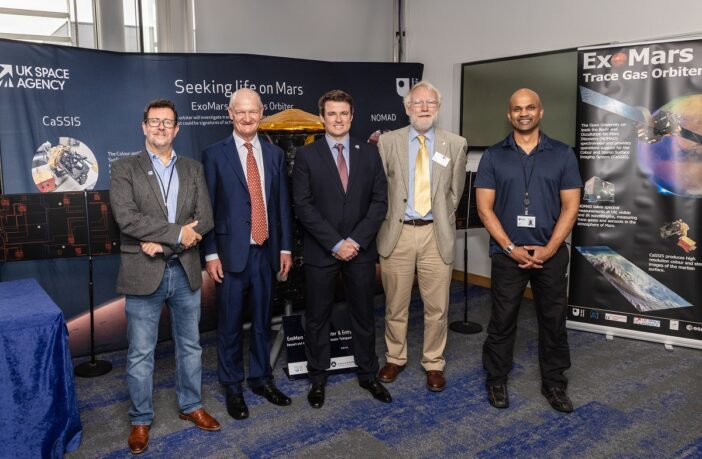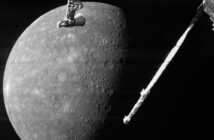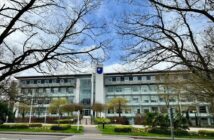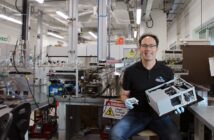On the 4th September 2024, The Centre for Electronic Imaging (CEI) held an event at the OU to mark two decades of pioneering research and development in advanced electronic image sensing technologies.
The CEI is a unique industrial/academic partnership between Teledyne-e2v and the Open University. Based at the OU since 2008, the CEI has grown to become a world-leading research centre in the domain of imaging for space applications.
This long-running collaboration with Teledyne e2v has significantly advanced space imaging detectors, with over 1000 Teledyne-e2v image sensors having been flown in space, in over 200 missions. These missions have allowed us to explore the solar system, our planet Earth, and the universe in unprecedented detail.
While celebrating the anniversary, the OU announced the renewal of a further 5-year collaboration with Teledyne e2v, which represents a £3.2M investment split equally between both parties.
Dr David Hall, Director of the CEI, said:
“It was wonderful to be able to reminisce about the many highlights of the last two decades. It was a particular highlight to be able to bring together so many people who have worked with the CEI over the last 20 years to celebrate this great achievement. I found it inspiring to learn how their time in the CEI had provided the training and opportunities to propel them into amazing careers in the space industry and beyond.”
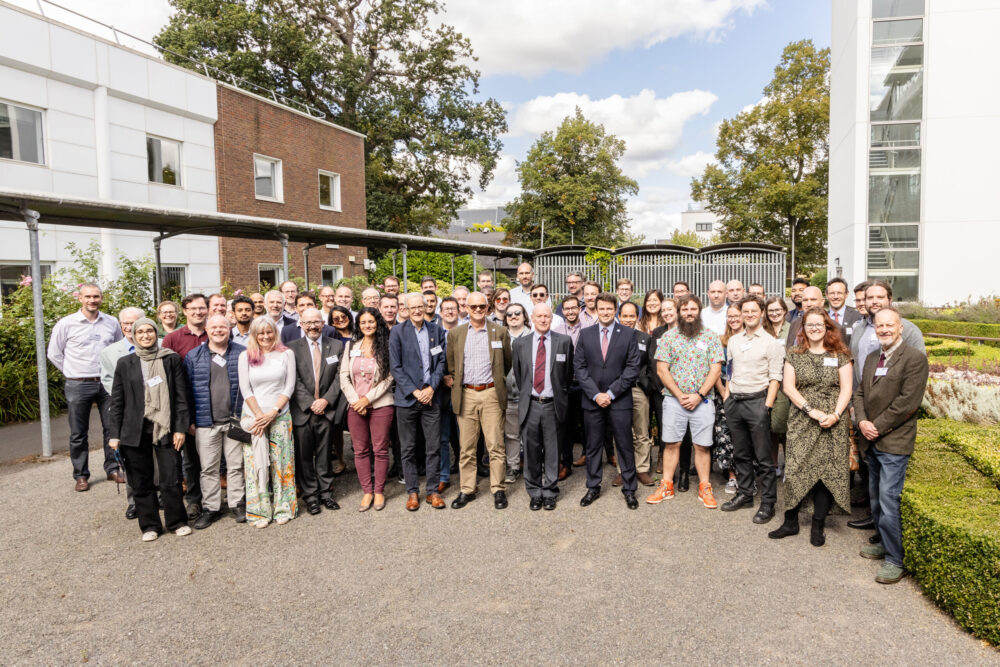
CEI’s team, past and present, and close colleagues
The event was attended by Rt Hon. The Lord Willetts FRS, who also gave the keynote speech at the CEI’s 10th anniversary event back in 2014, then as Minister of State for Universities and Science, and now welcomed back ten years on as Chair of the UK Space Agency to give the opening presentation.
Lord Willetts said:
“It was great to come back and celebrate the twentieth anniversary of the CEI having also joined the celebration ten years ago. So much progress has been made over the last ten years and there is more to come.”
Over the past 10 years, the team has developed and filed 4 new patent ideas, including state-of-the-art sensors which have flown on many of the frontier science missions launched by the European Space Agency over the last decade.
One of the most recent missions, Euclid, launched in 2023, is mapping the composition and evolution of the dark Universe. The Euclid space telescope is flying an array of 36 Teledyne-e2v sensors in its VIS instrument and will create a great map of the large-scale structure of the Universe across space and time by observing billions of galaxies with incredible resolution.
Looking to the future, the CEI will continue to push the boundaries of space imaging technology, focusing on next-generation detectors for upcoming space missions, including X-ray, UV, and IR detectors. Ongoing projects include the development of UV detectors for space telescopes and ultra-high-resolution imaging instruments for exploration of the moon and Mars.
The centre also aims to further its role as a hub for training the next generation of researchers through post-doctoral training and continued professional development, strengthening the UK’s position in the global space technology market.
